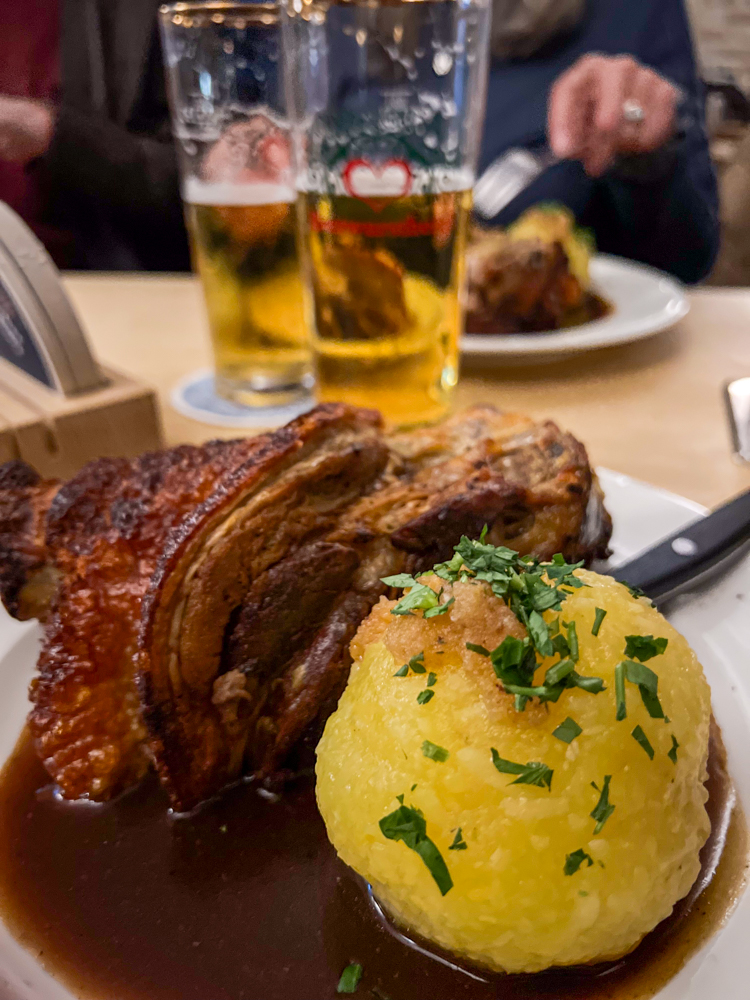My first trip to Germany was in April 1973. I flew Swiss Air from Montreal to Salzburg, via Zurich. As I recall the airfare was about $200 return. My uncle picked me up at the airport in Salzburg and then we took the short 20km drive to Berchtesgaden situated in the German Alps. At that time there was a boarder between Austria and Germany.
My uncle’s house, at Wassererweg 15 in Bischofswiessen, was built in the chalet style common across all the alpine regions in Europe. It was on about 2 acres of land, which in the Spring was covered in mountain flowers. Across the road were open fields and then the forest. Entering the front door was a large hall, large enough to be furnished. On the right was a living room, and straight ahead was the kitchen and eating area. On the left were the stairs to the second floor, hosting four bedrooms. On the back and going around the corner of the chalet was a veranda, accessed via both the kitchen and the living room. The veranda looked out on the valley towards Königssee and then the high Alpine mountains, including the famous Watzmann. I remember waking up the morning following my arrival, breathing in the fresh mountain air, to the chimes of a cuckoo clock. I thought “how perfect”. But as the count reached twenty, I realised it was not a clock, but an actual bird.
At the time I was consumed by the history of the place, confirmed by the persistence of artifacts dating back a thousand years, the remaining ruins of war, and the traditional costumes people continued to wear.
Visiting the larger German cities it was clear that they had been largely rebuilt. While the new construction might apply traditional architectural styles, it lacked the details of the more ancient buildings and the materials lacked the seasoning that comes with the decades.

Now, after many returns, the history is less interesting to me; it is insufficient to draw me to visit. Rather it is to see family and maybe co-ordinated these visits with certain events, such as Spargelzeit1 (Spring) or Federweiße2 and Zwiebelkuchen3 (September-October). Or to just have some beer brewed and served from a wooden keg with Schweinshaxe or Rostbratwürste and Kartoffelknödel.
- Spargelzeit literally means asparagus time, that is the time the asparagus is in season. For me the attraction is the white asparagus. ↩︎
- “Federweißer” literally translates to “feather-white” in English. This name is derived from two key characteristics of the beverage: its cloud appearance due to the presence of suspended yeast cells during fermentation and that these yeast cells resemble small white feathers. It is often paired with Zwiebelkuchen (onion tart). The drink has a slight sparkle and a sweet taste. ↩︎
- “Zwiebelkuchen” translates to onion cake, which is a traditional complement to federweißer. ↩︎
Leave a Reply